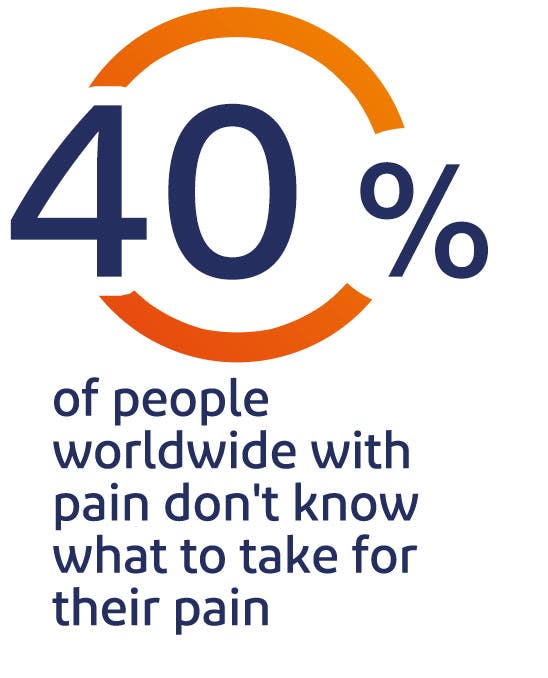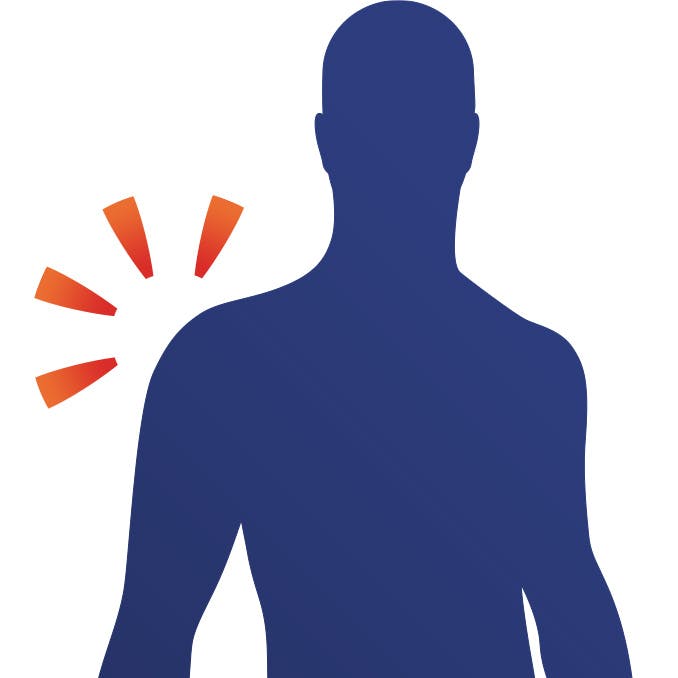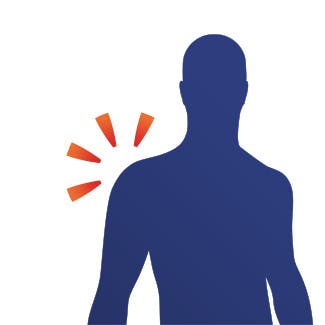Here we explain how different types of pain relief products work, to help you choose the best one for your pain.
Types of pain relief
Medication is available to relieve pain caused by headaches, sore or aching muscles or joints and mild osteoarthritis, for example. There are several different types of pain medication to choose from, and some types of pain respond better to certain treatments than others. Therefore, it is important to make the right choice to treat your pain most effectively. Each has their own pros and cons, but there are experts to help you choose the most effective type of pain relief for your condition.
The first place to seek advice is your pharmacist. They are experts in all types of medication and can often help you to find the best treatment for your pain. If your pain is more severe, then your doctor should be able to help identify the cause of pain and find suitable treatments.
While many pain relievers contain medicines that help to reduce pain and inflammation, there are also non-medicated products that contain no active ingredients. These usually work by heating or cooling the affected area to soothe pain and reduce swelling.

NSAIDs
Non-steroidal anti-inflammatory drugs (NSAIDS) are available in topical or oral form, both OTC and prescription-only based on the type and strength of the particular medication. NSAIDs help to reduce fever, swelling and inflammation and relieve pain. Common medications in the NSAIDs family include diclofenac, ibuprofen and aspirin.
Non-medicated treatments
As well pain medications, there are also many non-medicated treatments that may offer pain relief. Most of these work via heating and/or cooling the affected area or joint. Pain relief by heat works by increasing the blood flow to the area where you feel pain, for example on your back if you are suffering from back ache. It can also relax the muscles in that affected area.

Cold, on the other hand, works by affecting large nerve fibres, temporarily numbing the pain sensations that are transmitted to the smaller nerve fibres. Cold can reduce swelling and inflammation by contracting the blood vessels (a process called vasoconstriction). It is often recommended that you ice sports injuries, such as ankle or knee strains and sprains, to help reduce swelling.
Learn more
What is pain?
Understand why our bodies experience the sensation of pain and the many causes of body pain.
read more











